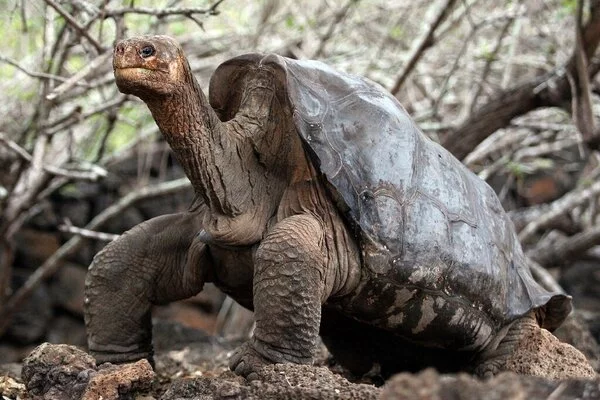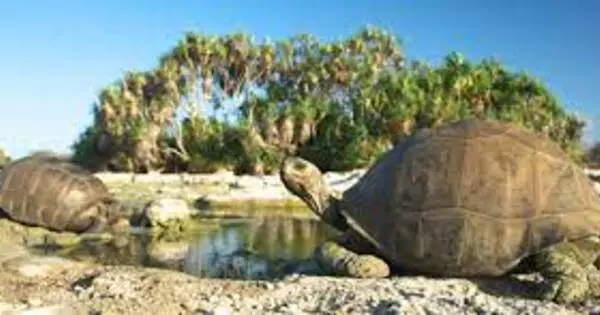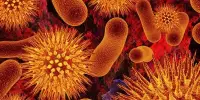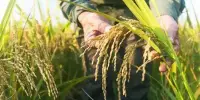Aldabra giant tortoises can live for more than 100 years and weigh up to 250 kilograms. The genome of Aldabrachelys gigantea, one of the world’s only two remaining giant tortoise species, has now been decoded by researchers at the University of Zurich. The findings will help to ensure the threatened species’ long-term survival.
According to the International Union for Conservation of Nature’s Red List, Aldabra giant tortoises are vulnerable to extinction, which means the species faces a high risk of extinction in the wild. The only wild animals can be found on the Aldabra Atoll in the Indian Ocean, northwest of Madagascar.
Because of their importance in island ecosystems, they have been used successfully in rewilding projects on several Western Indian Ocean islands where the endemic giant tortoise species have become extinct. To put it another way, Aldabra giant tortoises serve as ecosystem engineers, restoring degraded island habitats. More tools and resources, particularly genetic information, are one of the most effective ways to ensure the long-term success of wild and rewilded populations.
This genomic information is critical in order for zoo breeding programs to represent the genetic diversity found in the wild. We discovered that the majority of the genome is similar to other known turtle genomes. This means that our data will aid in the conservation of other tortoise species in East Africa and Madagascar.
Gözde Ilingir
Maintaining genetic diversity
Researchers at the University of Zurich have deciphered the genome of an Aldabra giant tortoise and assembled the species’ full genetic code at the chromosome level. Individual Aldabra giant tortoise genetic differences can now be determined using this reference genome.
“This genomic information is critical in order for zoo breeding programs to represent the genetic diversity found in the wild,” says Gözde ilingir, the study’s first author. Furthermore, the data could be used in future research on other tortoise species. “We discovered that the majority of the genome is similar to other known turtle genomes,” ilingir says. “This means that our data will aid in the conservation of other tortoise species in East Africa and Madagascar.”

Reference genome from zoo animal
The reference genome comes from a female Aldabra giant tortoise (known as Hermania) at Zurich Zoo. The researchers demonstrated the practical value of reference genomes for species conservation by comparing the reference genome to that of 30 tortoises living on the Aldabra Atoll. They were able to determine not only the genetic differences between populations on the atoll, but also which population Hermania most likely originated from. The evolutionary biologists also identified potentially harmful mutations that could endanger the long-term health of populations and should thus be monitored.
New insights into exceptionally long lifespan
The genome decoded by UZH researchers could help future research into the genetic basis of the species’ exceptionally long lifespan. The next step will be to look into how DNA can be used to determine the age of still-living animals, as the exact age of such long-lived animals is frequently unknown.
















